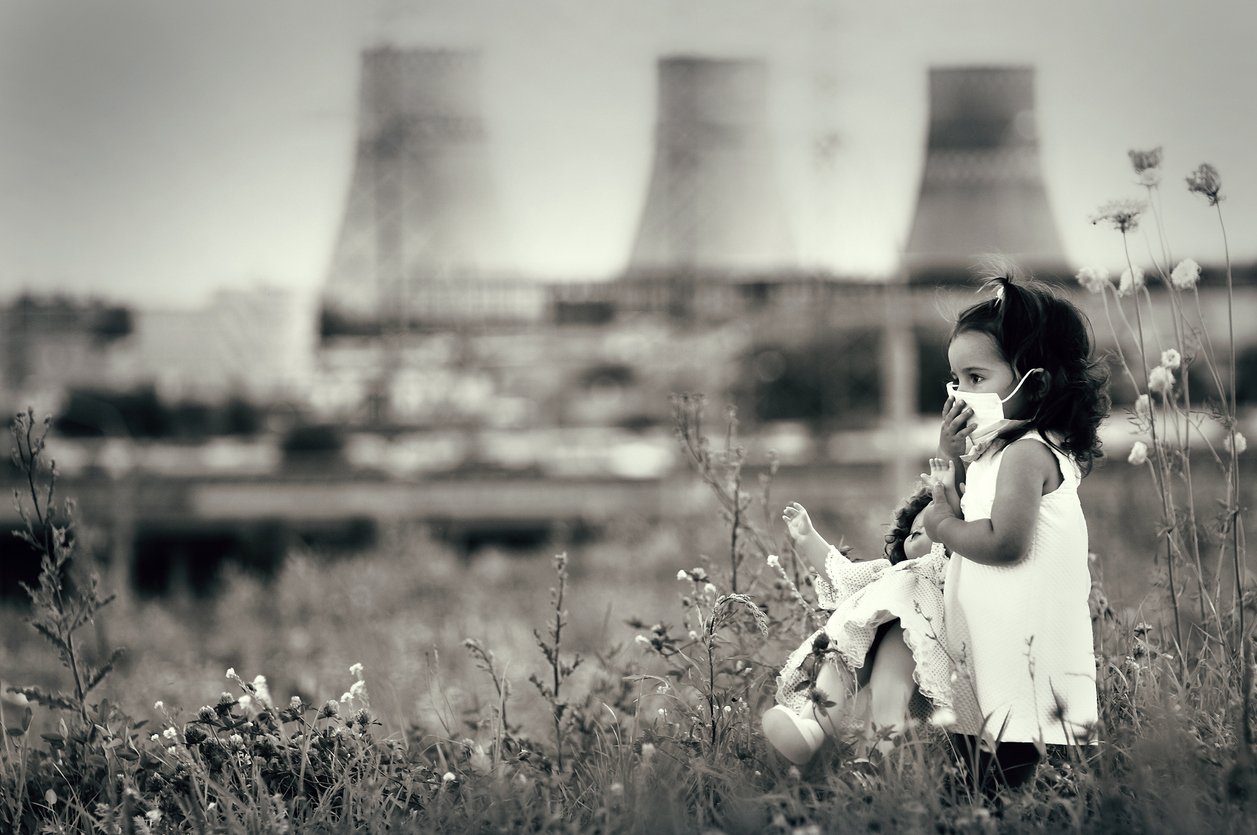Due to children’s physical development, they can face unique risks from air pollution. Like the rest of their body, their lungs and respiratory system are growing and are not fully developed. The risk of air pollution is much more problematic as compared to adults. Not only is development a significant factor, but higher levels of physical activity and exposure to the outdoors play a large part as well. Unlike adults, children spend much more time being active and outside. While this is great for their social and physical well-being, the effects of air pollution on children poses a high risk to their respiratory health.
What is Air Pollution?
Pollution can be both indoors and outdoors. Air pollution is harmful particles or gases that are present in the air we breathe in. The main source of outdoor air pollution is transportation sources. Indoor air pollution can include chemicals used to clean, building materials used in the construction, tobacco or cannabis smoke, and how one heats or cooks in their home. Breathing in too much of the harmful pollution can cause respiratory and health issues.
Pregnancy and Pollution
The effects of air pollution on children doesn’t start once they are born, but can impact their health while they are in the womb. Numerous research studies have highlighted the problematic nature of pollution on children in the womb. The research shows that air pollution can lead to premature birth. This is further exacerbated once outside the womb as premature babies often struggle with lung development.
Children and Pollution
The long-term effects of air pollution include reduced lung growth. This is often irreversible. This can lead to various problematic respiratory issues that can stay with someone their entire life. One of the most common respiratory problems is asthma.
Steps to Reduce Pollution
Outdoor pollution is somewhat of a more difficult issue to tackle. The world is a large place, and everyone needs to be on the same page and prepared to make systematic changes to increase air quality. Research shows that reducing pollution can improve children’s health, including lung growth and function. Less pollution means better health outcomes for children. With that, focusing on sustainable solutions to combat poor air quality can be very helpful for children.
While you may not be able to combat climate change and air quality quickly, there are steps you can take in your home to combat indoor pollution. Below you will find some helpful steps you can take today to ensure your child’s space is free from unnecessary pollution.
- Candles and Cleaners: Switch out candles and cleaners filled with chemicals. Use natural, organic products to freshen up your home.
- Cleaning: Establish a regular cleaning routine, including dusting, sweeping, mopping, vacuuming, and carpet cleaning. Use natural or organic cleaning products.
- Humidity: Keep your home’s humidity levels below fifty percent. Humidity can lead to more dust mites.
- Windows: On days with high pollen levels or outdoor pollution, keep your doors and windows shut. When air quality is good, open up your home and let things air out.
- Mold and Mildew: Wipe and wash mold and mildew off of any surfaces in your home. Pay attention to the surfaces in your kitchen and bathroom areas.
Respiratory Specialist in New York
If your child has any issues with breathing or is experiencing abnormal symptoms related to their breathing, contact the best asthma doctor in NYC for help. He is experienced in addressing pulmonary and respiratory issues. Instead of fearing the worse, contact Dr. Shukla and his team for medical advice. As a child pulmonologist in New York, he can diagnose and treat your child so that you can be prepared for any issue related to your child’s condition. By understanding the effects of air pollution on children, you can work to keep their breathing healthy.

